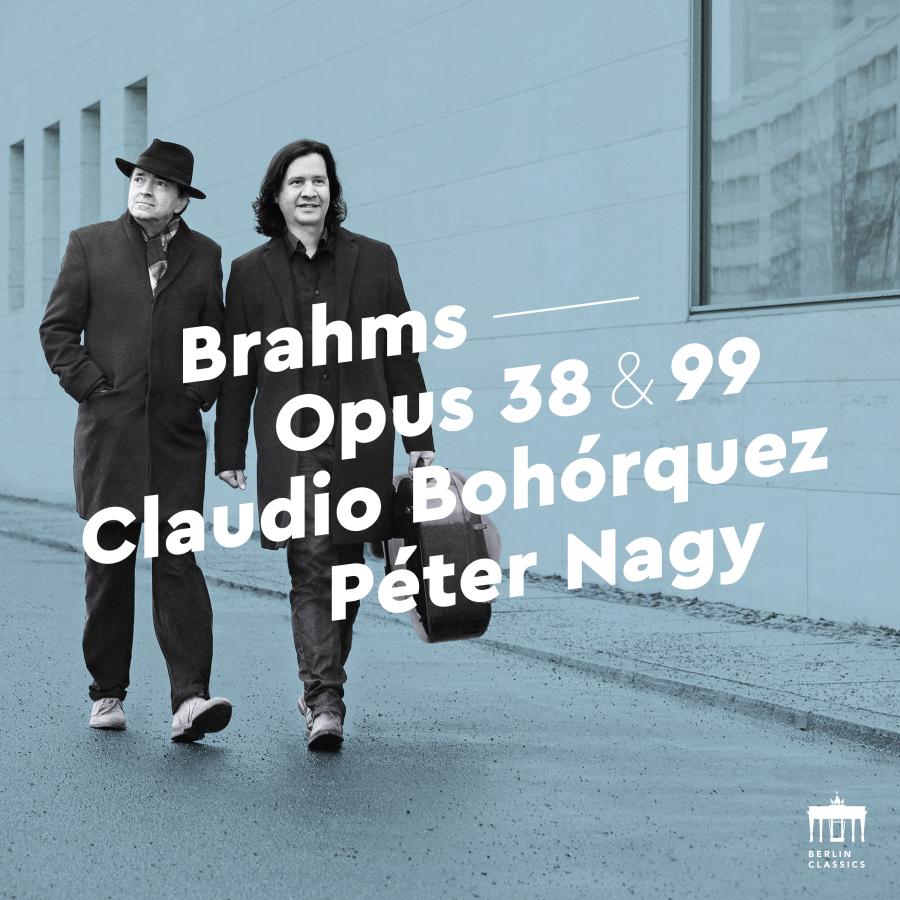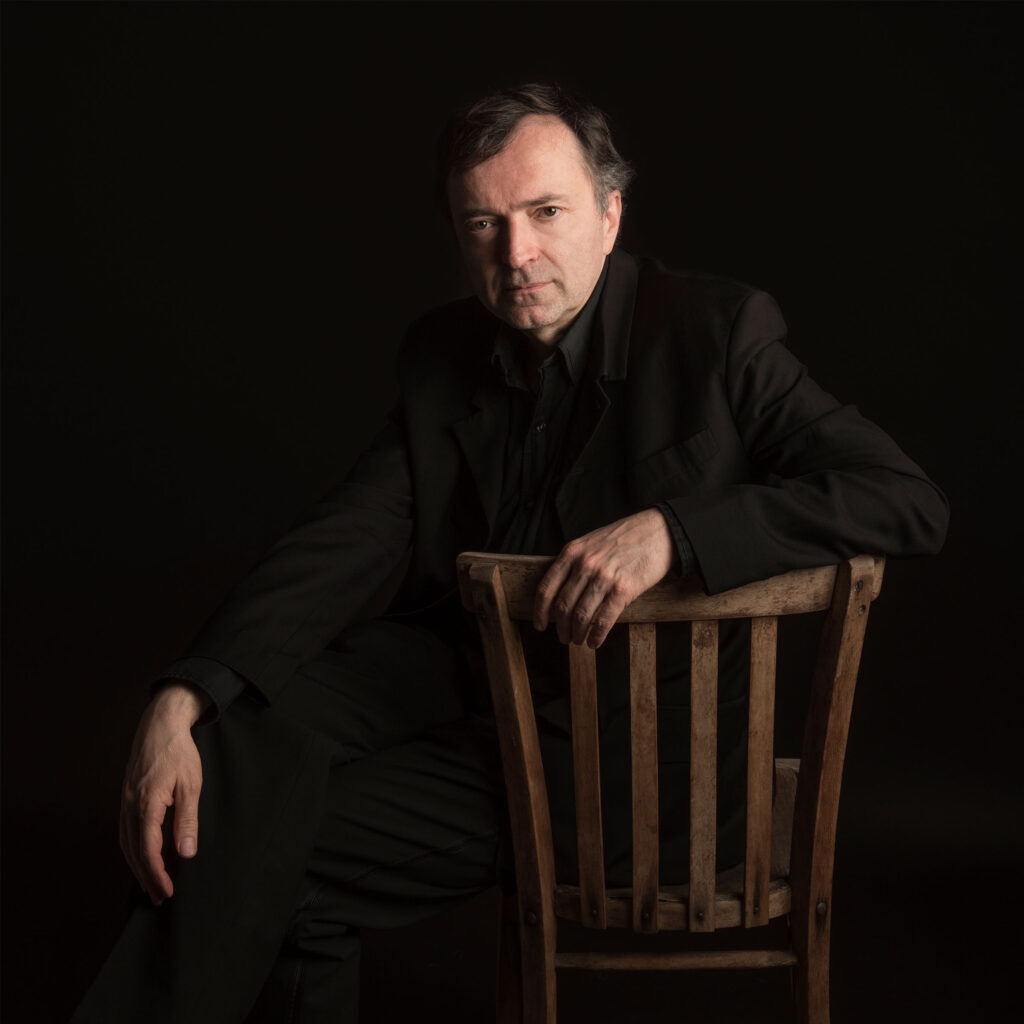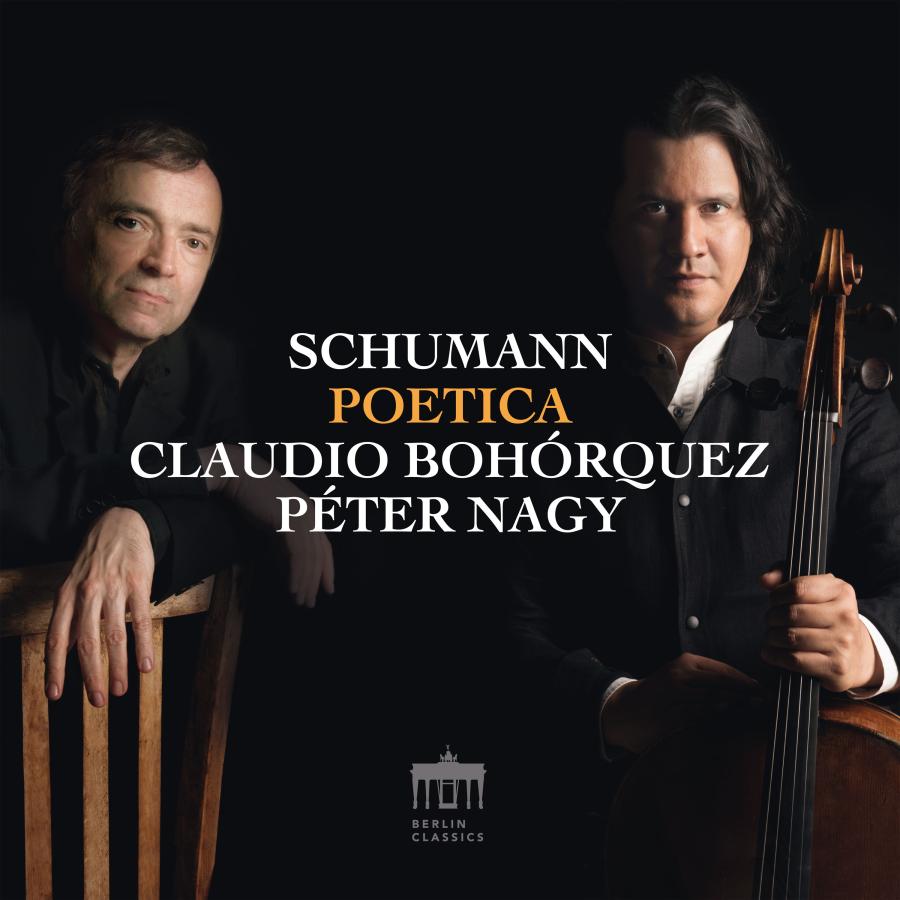Claudio Bohórquez has established himself as an experienced chamber musician and concert soloist. For the past 30 years and more he has been playing the cello, teaching at the famous Hanns Eisler conservatoire in Berlin and travelling the world from the USA to Japan and from Argentina to Russia.
Now the moment has come for him to attend to his discography. “The time is right,” as he says. He learnt early on, from colleagues he trusted and admired, how important it was to take one’s time. No snap decisions – musical ideas needed to mature, interpretations had to be based on personal experience, and self-awareness was essential.
He begins where he first started out. The Sonatas for piano and cello opp. 38 & 99 by Johannes Brahms loom large in the life of each and every cellist. Like others before and since, he tackled these works at an early age. In the Hungarian pianist Péter Nagy, he has found the perfect musical partner.
Brahms was especially fond of the cello: we know that from the countless themes, leading lines and heartfelt melodies that the composer entrusted to the instrument. In his youth, he had “played the fiddle a bit, but my instrument was the cello,” as Brahms told the Viennese music critic Herberger.
The Hungarian Dances, serving as a foil – almost as an encore – to the two sonatas, were written at a time when Hungarian refugees were settling in Brahms’s native city of Hamburg. The demand from the aspiring middle classes for sophisticated but playable music, suitable for domestic performance, was one of the secrets of success for the Hungarian Dances. The arrangement by Alfredo Piatti is the currently preferred version for piano and cello.
The musical starting signal has rung out. Claudio Bohórquez is not stopping at Brahms, he has much more to give us. It sounds good!





















